Nutrition and Wellness Project: Changing Dietary Habits in 3 Weeks
VerifiedAdded on 2023/04/25
|5
|1206
|356
Project
AI Summary
This nutrition project details a student's three-week journey to change their dietary habits, specifically addressing inadequate nutrient consumption and low fiber intake. The goal was to achieve the recommended 2000 kcal diet with balanced macronutrient distribution and a fiber intake of 20-35 grams. Strategies included establishing a consistent wake-up time for breakfast, incorporating foods from all food groups, and preparing nutrient-dense snacks for frequent meals. The student also focused on replacing white rice with brown rice and including whole grains, fruits, nuts, and salads to enhance fiber intake. Initially, gastric discomfort was experienced due to prolonged inadequate food consumption, but with family support, the student gradually increased meal consumption and incorporated fiber-rich foods. At the end of the three weeks, the student reported improved energy levels, bowel movements, and a weight increase of one kilogram, along with an overall sense of improved health and vitality. The student intends to make these changes permanent and plans to address high sugar intake in the future. Desklib provides similar solved assignments for students.
1 out of 5
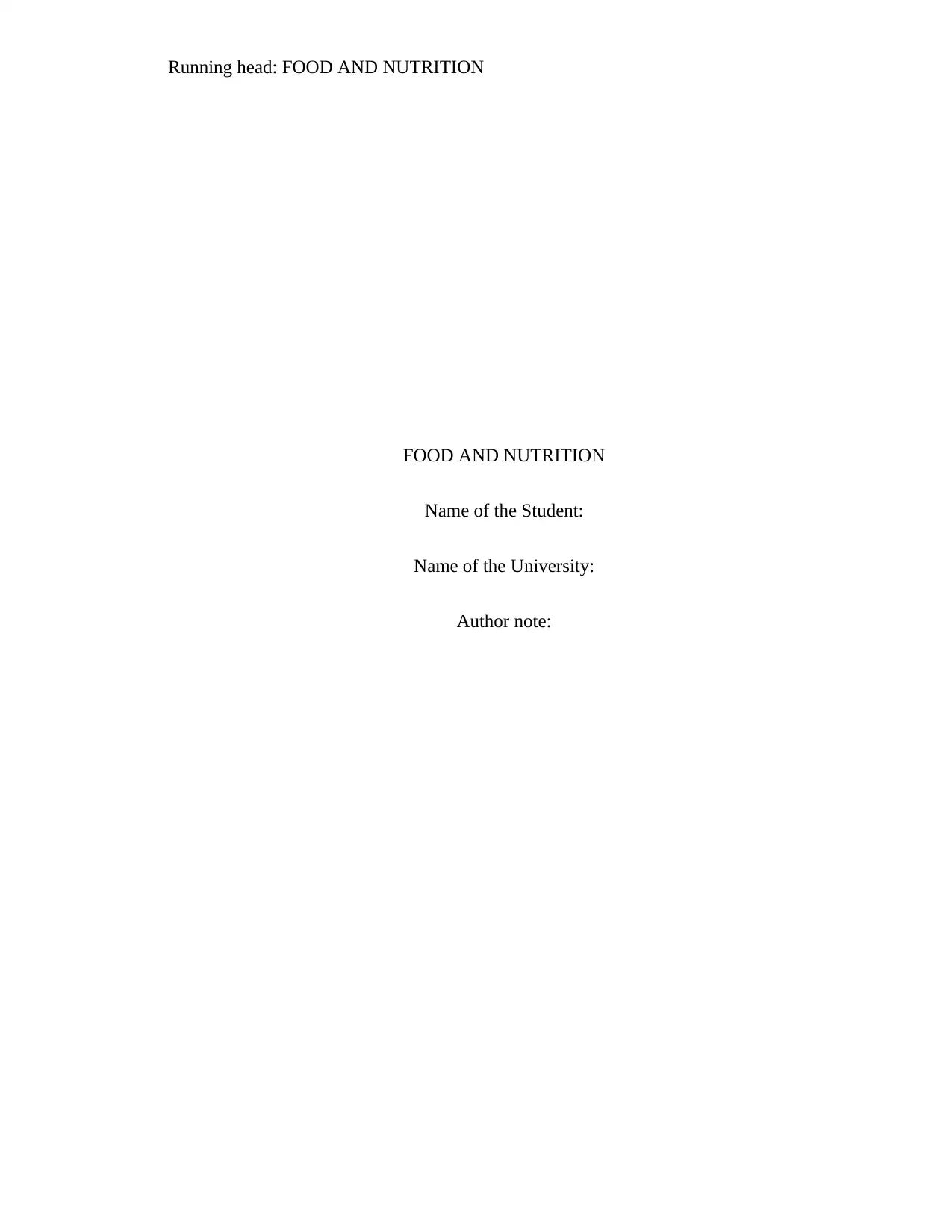
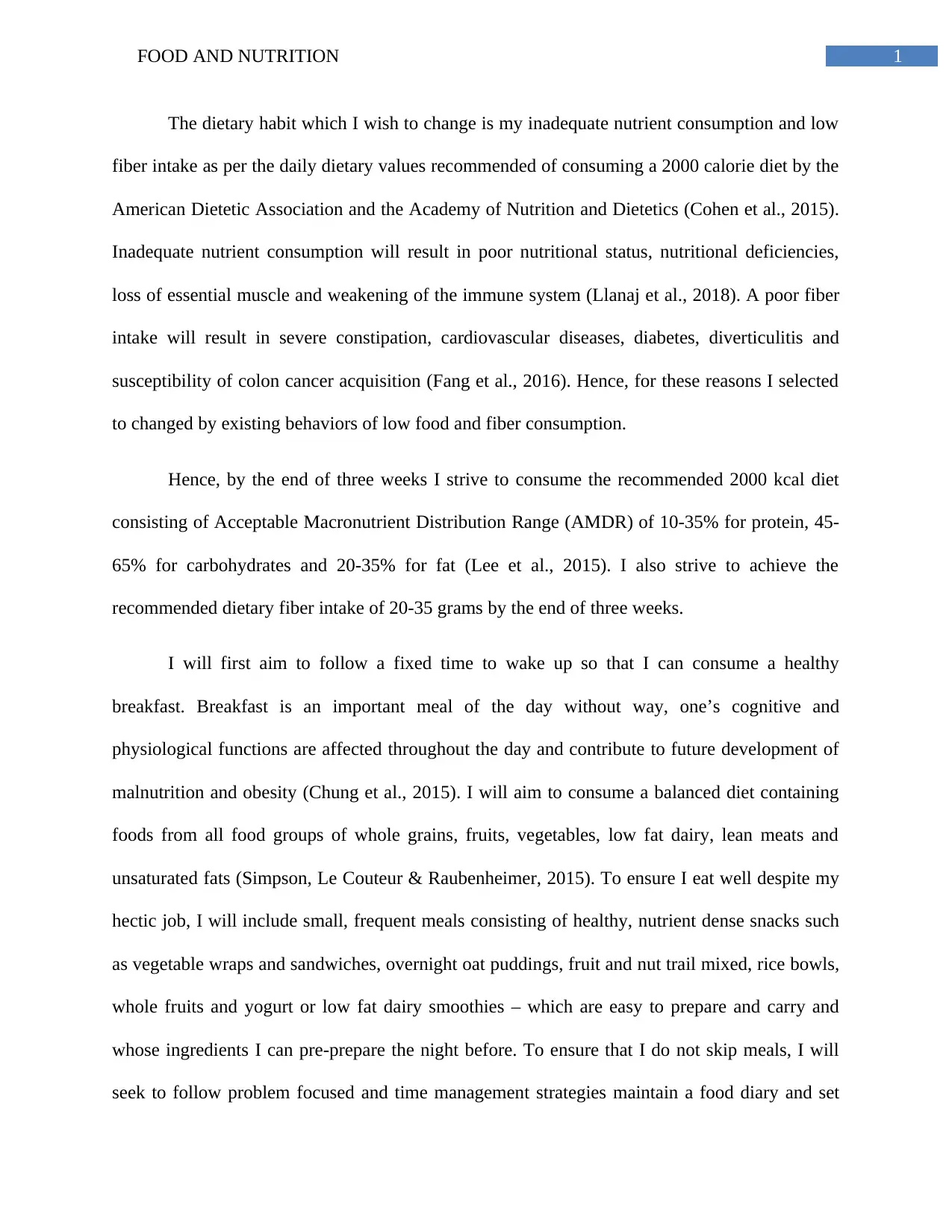
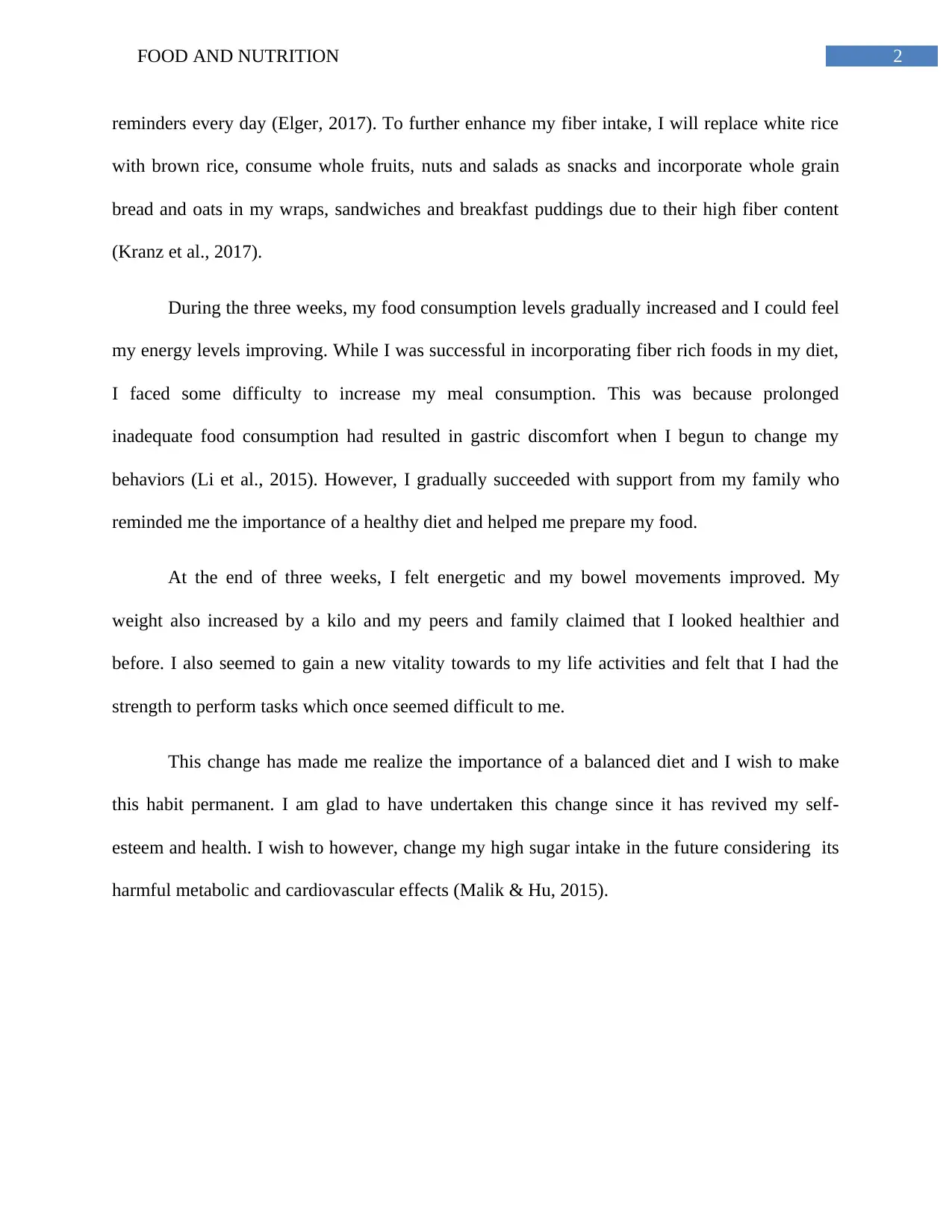

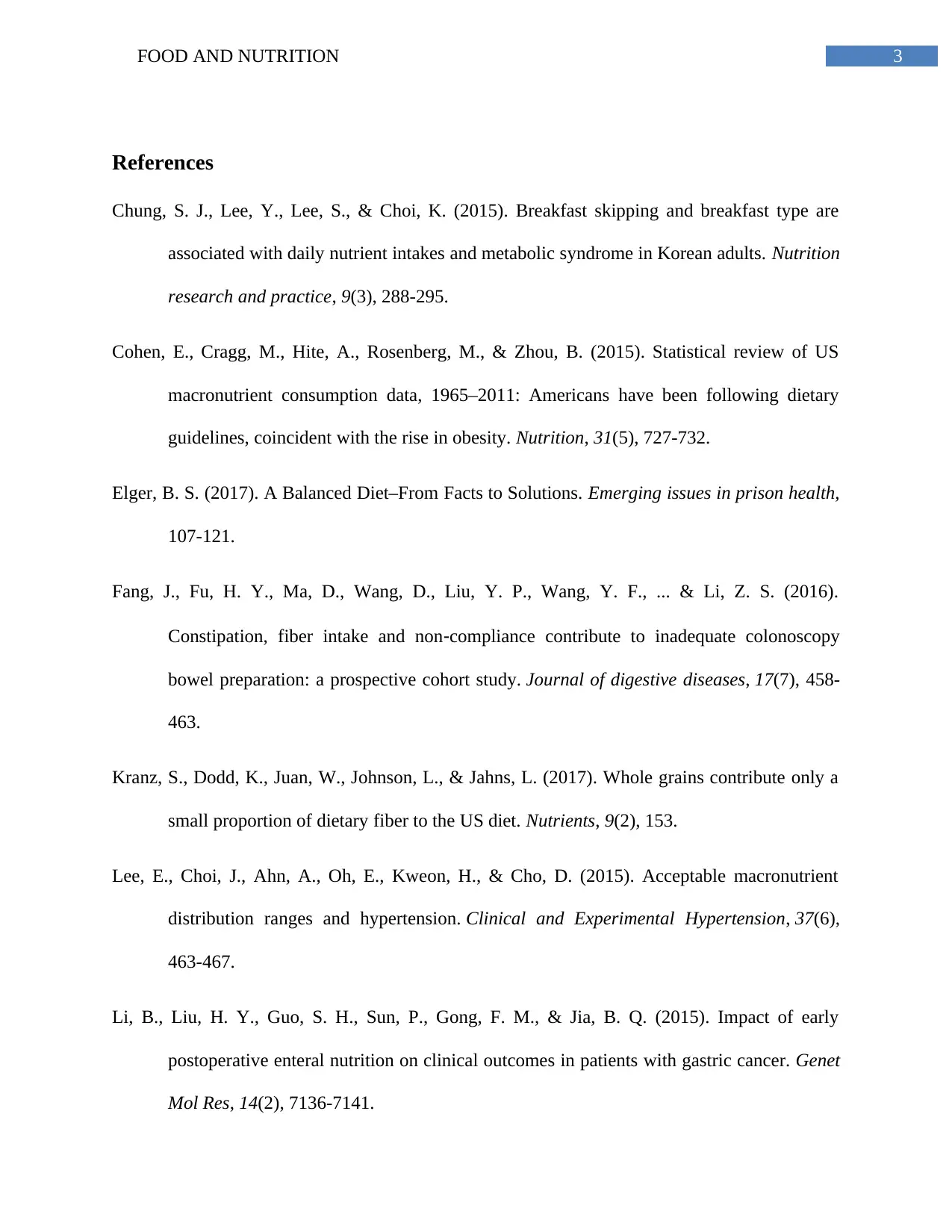
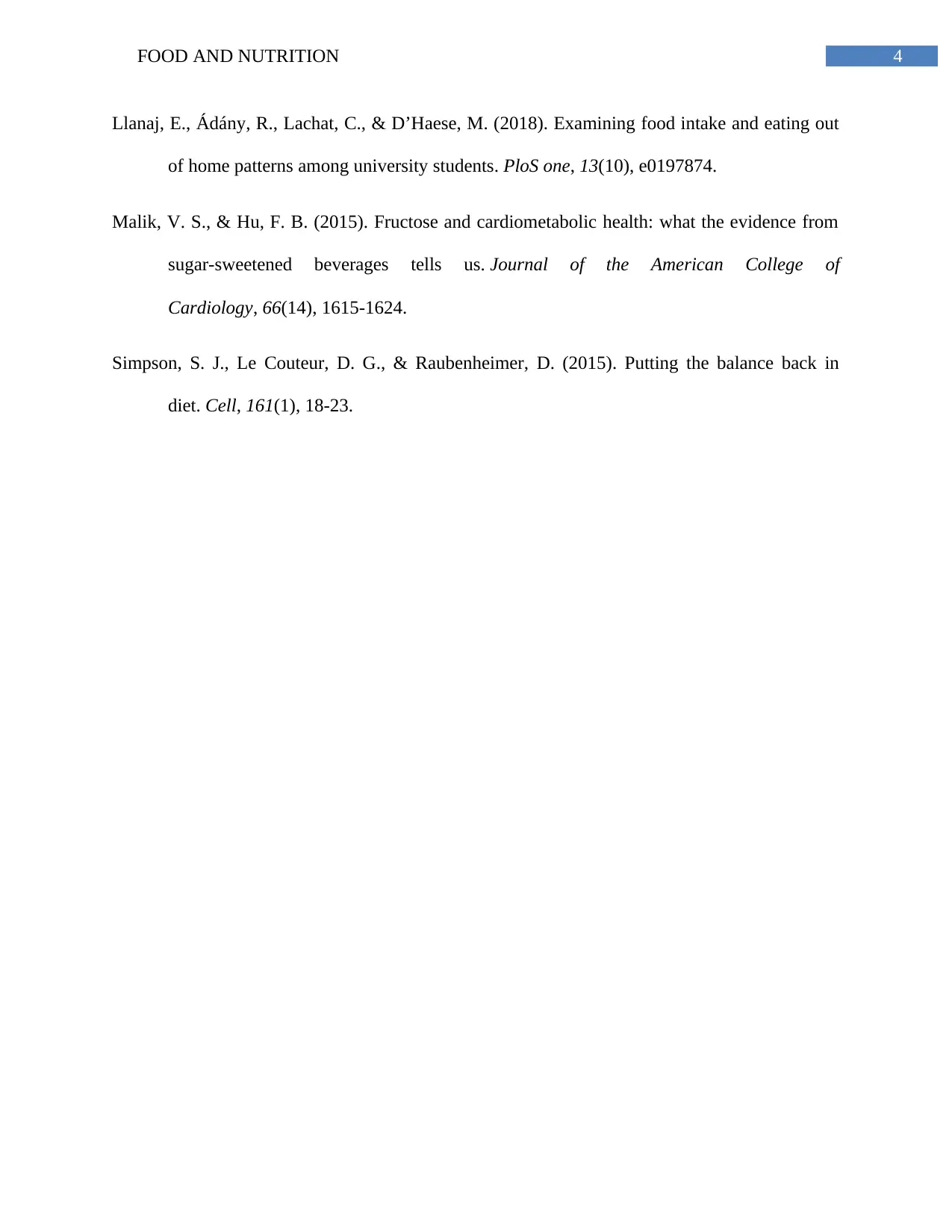






![[object Object]](/_next/static/media/star-bottom.7253800d.svg)